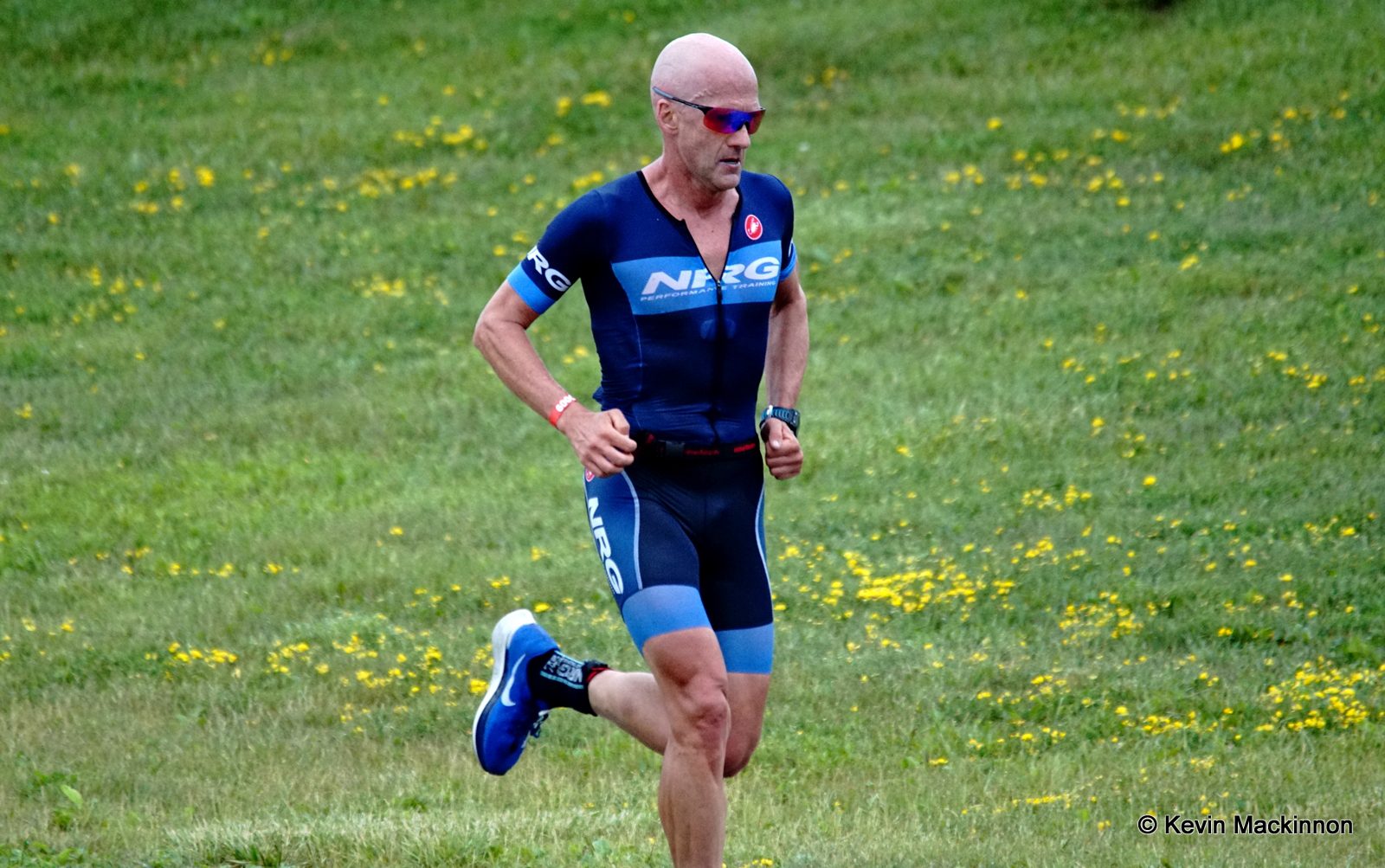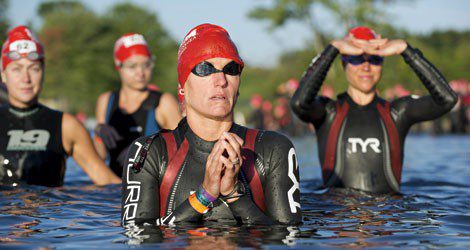Pro tips from Nigel Gray for 70.3 Muskoka
The countdown is on. Are you ready?

Ironman 70.3 Muskoka, it’s the Beast of the North, and it is held in Huntsville, Ontario on July 8th this year. This year’s edition includes much of the same stunning views and challenging course as past years, however, the bike does include some changes. The once 94km looped course around Lake of Bays is now an out and back, from Canada Summit Centre in Huntsville to Dorset.
For many, this race marks their first 70.3 race, while for others this may be their tenth. Wherever you stand on the spectrum, tips form a reliable source are always welcomed. Nigel Gray, head coach of NRG performance training and race winning elite triathlete, gives you a few suggestions as you prepare for race day.

TMC: Bike drop off the day before. What are some tips you can offer when dropping your bike off the day before?
NG: The biggest tip is to make sure your bike is working before you drop it off! Muskoka has a very rolling course, and you will be changing gears a lot, so having a bike that’s running smoothly and shifting properly is critical. Get your bike tuned up before the race and make sure you take it out for a ride. Test all of your gears to ensure everything is working to your liking.
TMC: What are some tips you give your athletes the night before their race?
NG: This is the time to go over your race plan, visualizing your day and what you need to do at each stage. How do you want to feel in each segment of the race? Also, going over what equipment you need for each part of the race and making sure you have it.
TMC: Pre-race nerves. As an elite triathlete and coach, what are some tips you give your athletes hours/minutes before the race?
NG: The key is to focus on yourself and what you can control. Racing to your potential is all about having your best race, so have a good race plan and focus on what you need to do to execute that plan. Don’t worry about other athletes and things you can’t control, stayed focused on what you need to do!
TMC: In regards to the swim start at Muskoka, are there any sight points or cues you have used or suggest to triathletes competing in their first 70.3 Muskoka?
NG: The challenge with the Muskoka swim is the river at the end, you are swimming against a slight current, so staying closer to shore where the flow is not as strong is a good strategy.

TMC: So with the new course, an out and back, how would your pace/approach the bike ride (this can be general for a half ironman and any specific advice for Muskoka)?
NG: Ideally, you have some power numbers on the bike to use to help with your pacing, that makes a huge difference! The course this year will be faster than previous years, as for one, its 90km not 94km and it’s also not as hilly. There still are hills, so pacing appropriately on the hills is key, but it’s not as rugged or as technical as in years past. Also, the overall road surface is better than previous years.
The key to remember on the bike is that it is setting up your run. Running to your potential is the key to these races, so being a bit conservative on the bike will help you get your run dialed in. Nutrition, of course, is also a key – staying fueled and hydrated on the bike is very important.
TMC: Coming off the bike in any 70.3, how do you approach the half marathon?
NG: A good run always starts with a well-paced and fueled bike! Then you need to keep that good pacing on the run, don’t take off too quick, be conservative to start and make sure you stay on top of your nutrition.
TMC: For the runner, how do you come off the bike feeling good, but holding a bit back to finish strong?
NG: For the stronger runners, it’s good to have a goal pace for the race and aim to hold that pace from the start. You can be 5sec/km quicker than goal pace to start, but any more than that and you’re risking blowing up later in the run. Holding a steady, consistent pace that begins by feeling steady, and finishes feeling very hard, all the while maintaining the same splits is the best way to execute a 70.3 run
